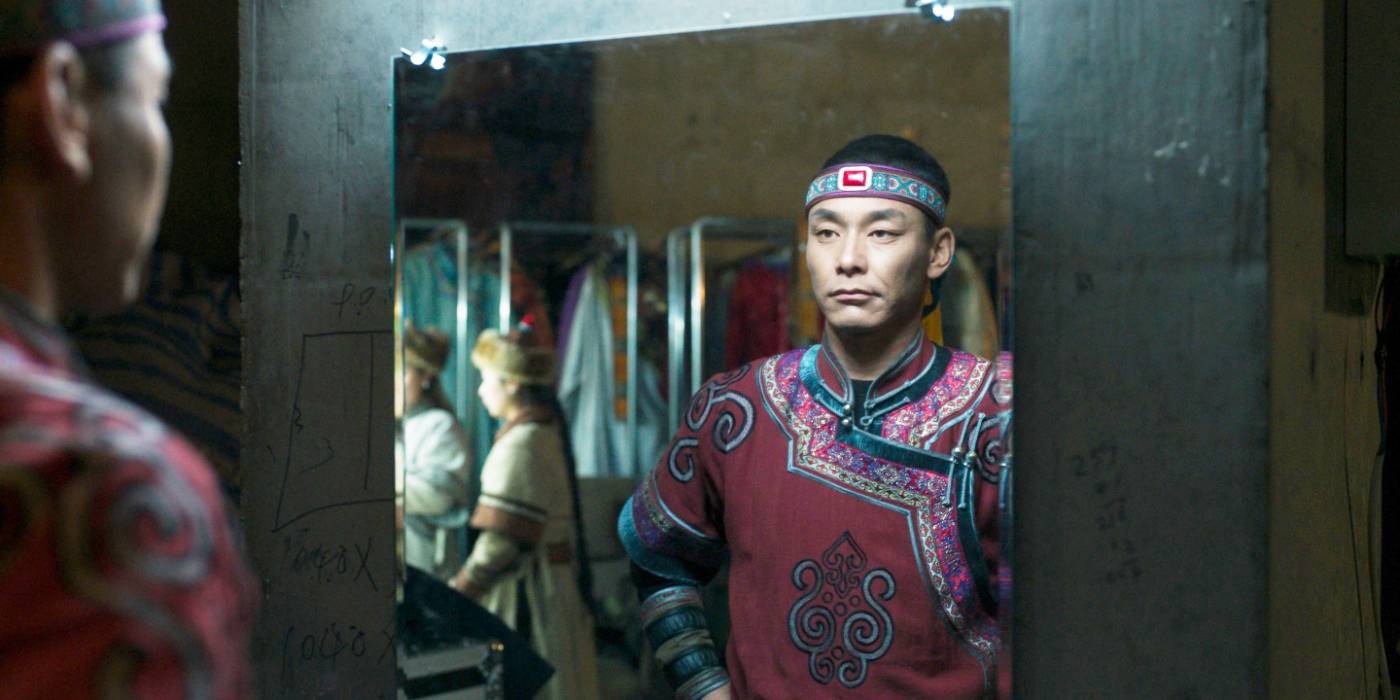“Happyend,” interview with Director Neo Sora
“Happyend” explores the complexities of friendship and rebellion against a backdrop of societal pressure. Discover how Neo Sora captures the essence of youth in this thought-provoking film.
Listeners:
Top listeners:
 play_arrow
play_arrow
ENGLISH Channel 01 If English is your language, or a language you understand, THIS IS YOUR CHANNEL !
 play_arrow
play_arrow
ITALIAN Channel 02 Se l’italiano è la tua lingua, o una lingua che conosci, QUESTO È IL TUO CANALE!
 play_arrow
play_arrow
EXTRA Channel 03 FRED Film Radio channel used to broadcast press conferences, seminars, workshops, master classes, etc.
 play_arrow
play_arrow
GERMAN Channel 04 Wenn Ihre Sprache Deutsch ist, oder Sie diese Sprache verstehen, dann ist das IHR KANAL !
 play_arrow
play_arrow
POLISH Channel 05
 play_arrow
play_arrow
SPANISH Channel 06 Si tu idioma es el español, o es un idioma que conoces, ¡ESTE ES TU CANAL!
 play_arrow
play_arrow
FRENCH Channel 07 Si votre langue maternelle est le français, ou si vous le comprenez, VOICI VOTRE CHAINE !
 play_arrow
play_arrow
PORTUGUESE Channel 08
 play_arrow
play_arrow
ROMANIAN Channel 09 Dacă vorbiţi sau înţelegeţi limba română, ACESTA ESTE CANALUL DUMNEAVOASTRĂ!
 play_arrow
play_arrow
SLOVENIAN Channel 10
 play_arrow
play_arrow
ENTERTAINMENT Channel 11 FRED Film Radio Channel used to broadcast music and live shows from Film Festivals.
 play_arrow
play_arrow
BULGARIAN Channel 16 Ако българският е вашият роден език, или го разбирате, ТОВА Е ВАШИЯТ КАНАЛ !
 play_arrow
play_arrow
CROATIAN Channel 17 Ako je hrvatski tvoj jezik, ili ga jednostavno razumiješ, OVO JE TVOJ KANAL!
 play_arrow
play_arrow
LATVIAN Channel 18
 play_arrow
play_arrow
DANISH Channel 19
 play_arrow
play_arrow
HUNGARIAN Channel 20
 play_arrow
play_arrow
DUTCH Channel 21
 play_arrow
play_arrow
GREEK Channel 22
 play_arrow
play_arrow
CZECH Channel 23
 play_arrow
play_arrow
LITHUANIAN Channel 24
 play_arrow
play_arrow
SLOVAK Channel 25
 play_arrow
play_arrow
ICELANDIC Channel 26 Ef þú talar, eða skilur íslensku, er ÞETTA RÁSIN ÞÍN !
 play_arrow
play_arrow
INDUSTRY Channel 27 FRED Film Radio channel completely dedicated to industry professionals.
 play_arrow
play_arrow
EDUCATION Channel 28 FRED Film Radio channel completely dedicated to film literacy.
 play_arrow
play_arrow
SARDU Channel 29 Si su sardu est sa limba tua, custu est su canale chi ti deghet!
 play_arrow
play_arrow
“Conversation with” at the 20th Marrakech IFF, interview with actor Willem Dafoe Bénédicte Prot

 play_arrow
play_arrow
“To Kill a Mongolian Horse,” interview with Director Xiaoxuan Jiang Laura Della Corte
In a candid conversation, Xiaoxuan Jiang, the director of “To Kill a Mongolian Horse”, in Giornate degli Autori section, shares her deep personal connection to the film’s protagonist, Saina—a Mongolian herdsman who navigates a dual life between ranch work and performing as a horseback rider. The film, inspired by true events and the experiences of Jiang‘s friend Saina, delves into the stark contrasts between the glamor of performance and the realities of ranch life.
“Saina’s story captivated me,” Jiang reveals, referring to her friend who turned to horseback performances to supplement his income. She recalls attending a horse fair, where she was struck by the hyper-masculine atmosphere, laden with traditional notions of Mongolian masculinity. “These performers were subjected to a fetishized gaze, celebrating both their masculinity and ethnic identity,” Jiang notes. This observation became the foundation for a narrative exploring these complex dynamics.
Saina, who portrays himself in the film, constantly shifts between his role as a performer and the hardships of his daily life. “As the story progresses, Saina finds it increasingly difficult to reconcile the contrast between his roles and his reality,” Jiang shares. This tension serves as a powerful reflection on the challenges faced by individuals caught between two worlds.
When asked about her creative process, Jiang emphasizes her focus on Saina‘s emotional journey, rather than relying solely on the spectacle of the performances. “I was at a crossroads in my filmmaking career when I began writing this film,” she explains. Inspired by her struggles with authenticity versus performance, Jiang underscores how this dichotomy is central to Saina‘s journey, mirroring her own experiences.
Jiang‘s fascination with the behind-the-scenes dynamics of these performances also shaped the film. “I observed how performers would dress and apply makeup to transform into heroic figures. It’s not something that comes naturally—it requires time and preparation,” she says, highlighting the film’s exploration of identity and the layers people assume to present themselves to the world.
“To Kill a Mongolian Horse” is an international co-production involving Malaysia, the U.S., Hong Kong, Korea, and Japan. Jiang acknowledges the support and challenges faced during production. “Finding the right partner was challenging, but Pluto Film‘s adventurous spirit perfectly aligned with our goals,” she remarks. Working with a tight budget, Jiang saw it as an opportunity for creativity. “If a dream sequence required a blizzard, we had to wait for a real one,” she laughs, illustrating the practical hurdles faced by the crew. Despite these challenges, Jiang remains committed to working with smaller budgets for future projects, valuing the creative flexibility it provides.
Daniela Cölle, Managing Director and Head of Acquisitions at Pluto Film, praises Jiang‘s debut, recognizing its universal themes. “While set in a specific local context, the story resonates with anyone confronting changing socioeconomic realities,” she notes. Together, they stress the importance of bringing this powerful film to international audiences.
In conclusion, “To Kill a Mongolian Horse” captures the struggles of identity, tradition, and modernity through the lens of one man’s experiences in a changing world. Jiang‘s narrative approach invites viewers to reflect on the complexities of performing roles in life while remaining true to oneself.
Amid the wintry steppes, Saina, a Mongolian horseman turned cultural performer, tends his ranch during the day and performs horseback tricks for audiences at night. Unlike the majestic cavalryman he portrays in the show, Saina discovers that his real life as a herdsman is on the verge of disintegrating.
Written by: Laura Della Corte
Guest
Xiaoxuan JiangFestival
Mostra del Cinema di Venezia“Happyend” explores the complexities of friendship and rebellion against a backdrop of societal pressure. Discover how Neo Sora captures the essence of youth in this thought-provoking film.
“The hurrican represents a feeling that is common to our uncertainty”
“El Affaire Miu Miu” intertwines fashion and storytelling to explore femininity and identity. Discover how Laura Citarella captures the essence of women’s narratives in this enchanting film.
"Hollywood gate" a former American military base now in the hands of the Taliban.
"Silence is death, so don't be silent”m says the actor, one of the guest of 2025 Lovers Film Festival
"We wanted to make a film that put desire as a central force".
“I think America is way behind in terms of putting up queer cinema because everything starts with sex and ends in the sex".
"The movie is having a conversation with films such as Psycho, Dressed to Kill and Silence of the Lambs"





© 2023 Emerald Clear Ltd - all rights reserved.